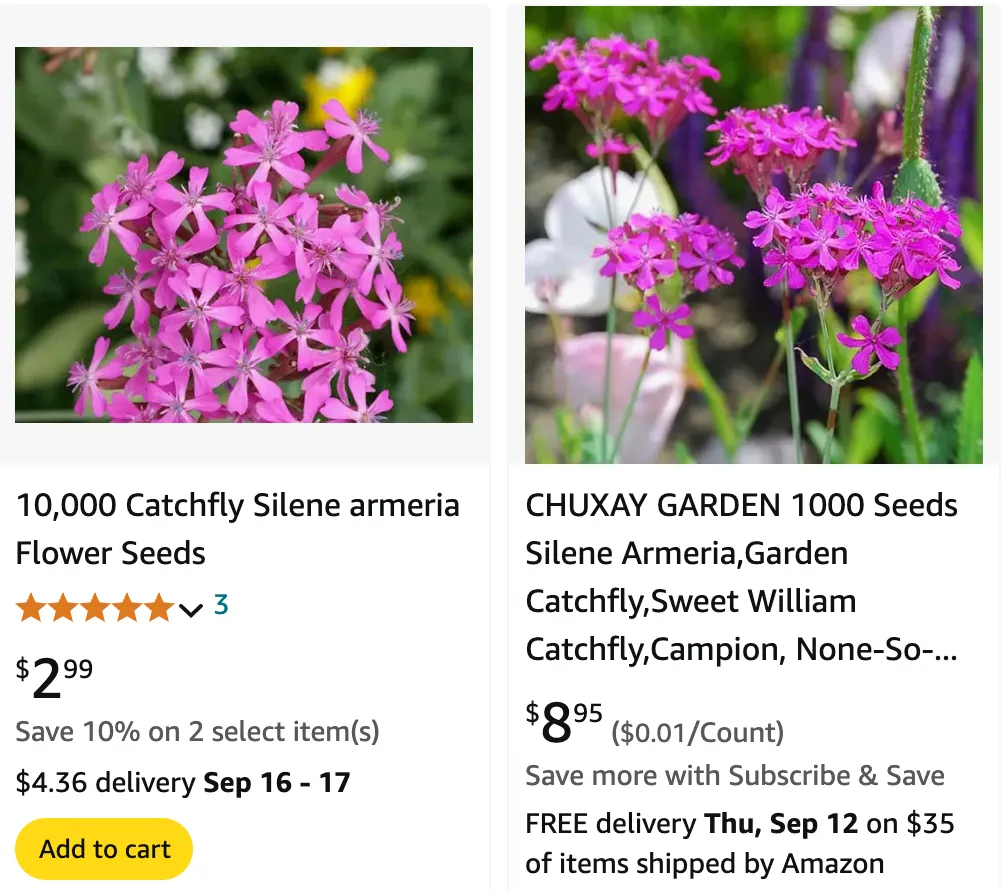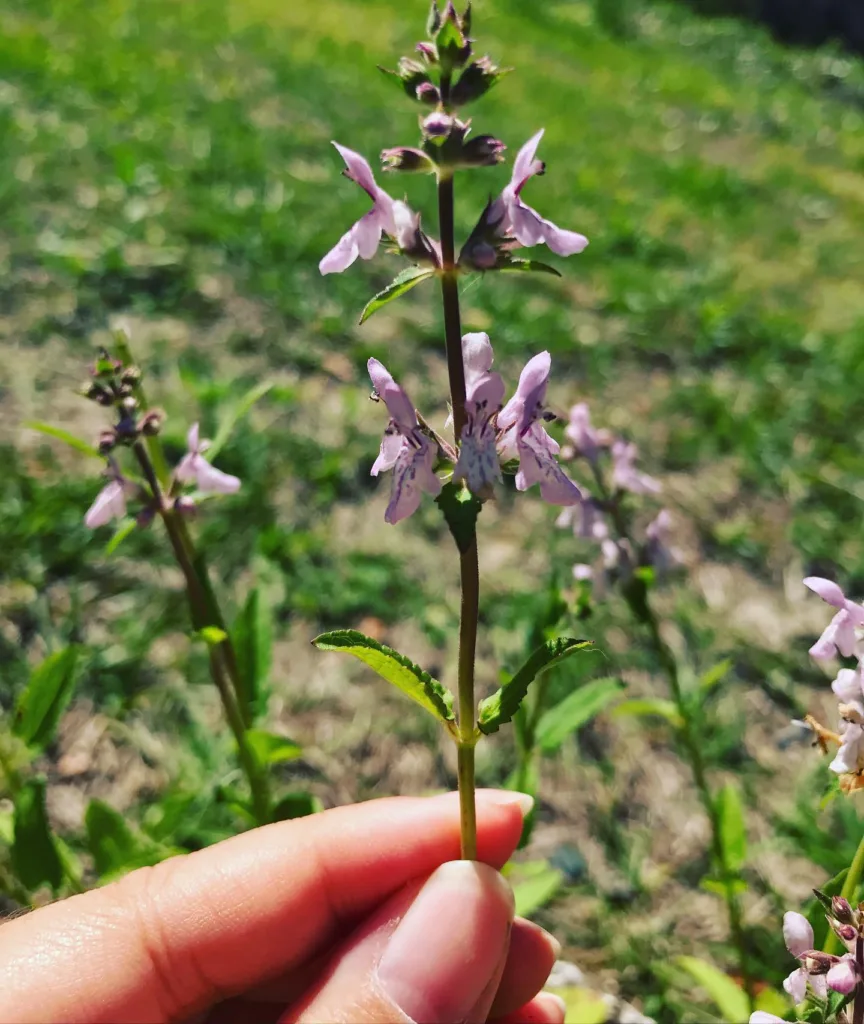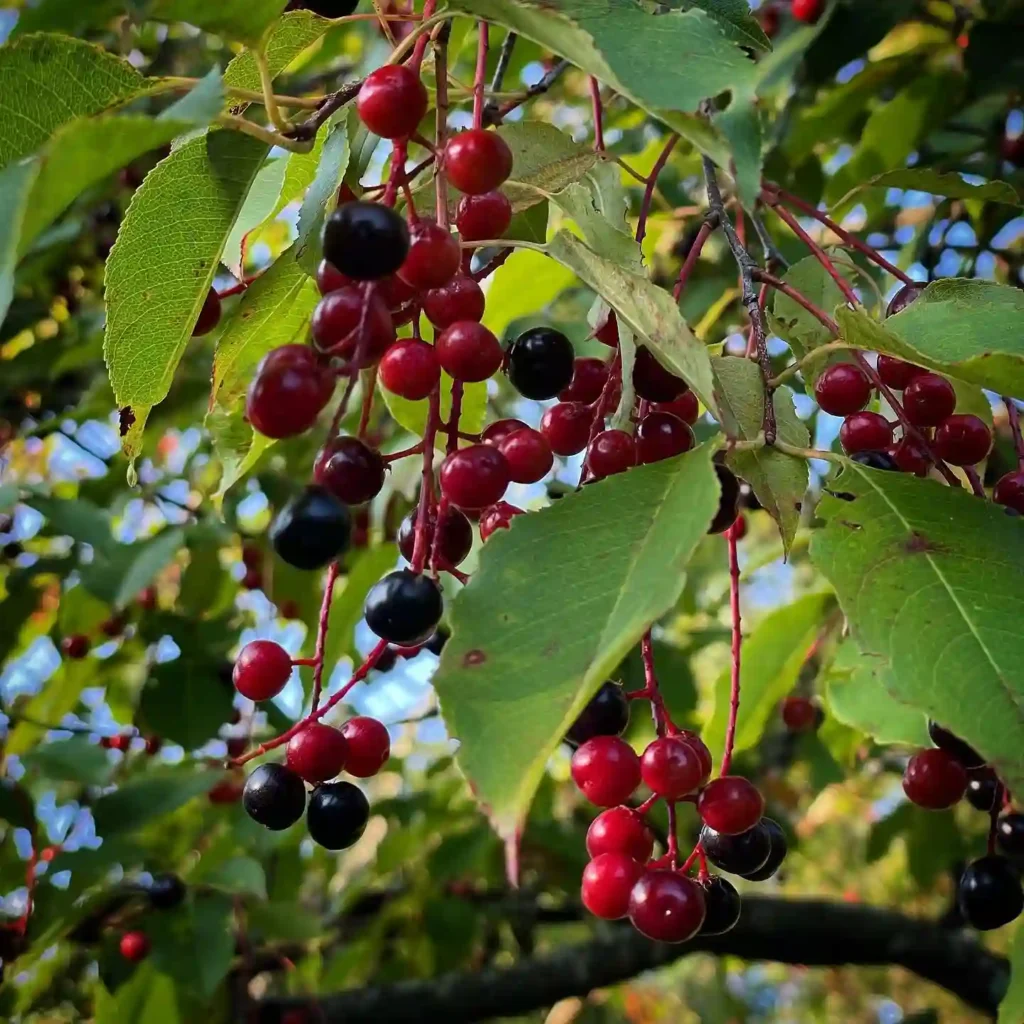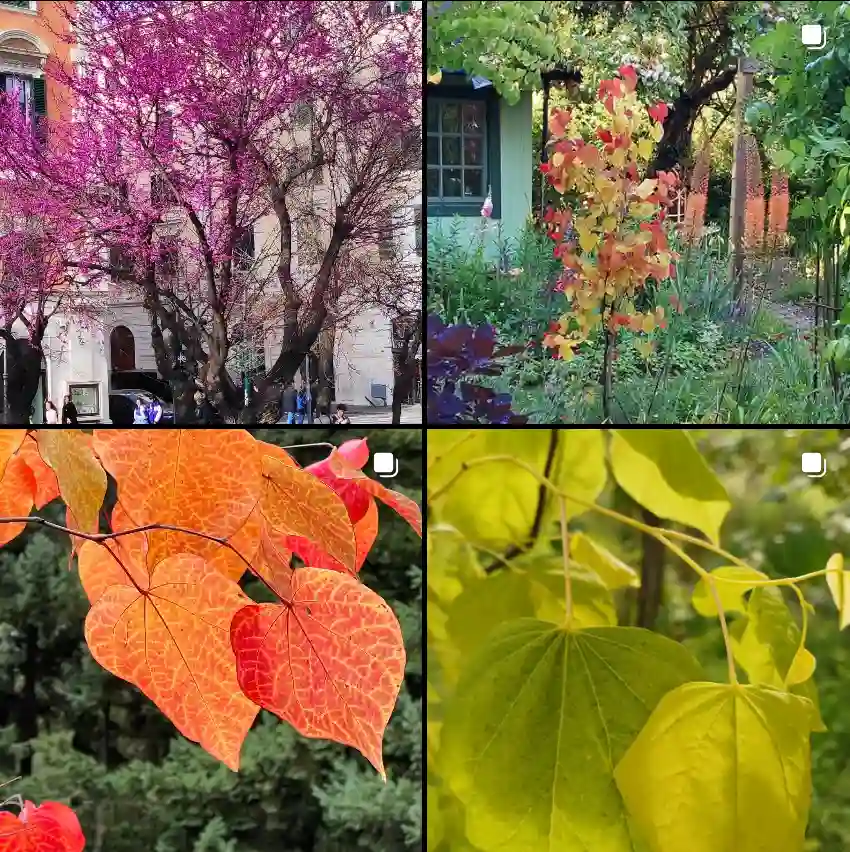
FAQs About Silene Armeria: Everything You Need to Know
Silene Armeria, commonly known as the Catchfly, is a charming plant that often catches the eye with its vibrant blooms and sturdy growth. I’ve been growing Silene Armeria in my garden for a few years now, and I’d like to share some of the most frequently asked questions I’ve encountered about this delightful plant.
911 Species in Genus Silene
What is Silene Armeria?
Silene Armeria synonym of Atocion Armeria, also known as the Catchfly, is a perennial flowering plant belonging to the Caryophyllaceae family. It’s native to Europe but has adapted well to various climates around the world. The plant features bright, clove-scented flowers that bloom from late spring to summer, adding a splash of color to any garden.
How to Care for Silene Armeria?
Caring for Silene Armeria is relatively straightforward. Here’s what I’ve learned from my own experience:
- Light: Silene Armeria thrives in full sun but can tolerate partial shade. In my garden, it performs best with at least six hours of direct sunlight daily.
- Soil: This plant prefers well-draining soil. I’ve found that a sandy or loamy soil mix works best, as it prevents waterlogging and root rot.
- Watering: Water Silene Armeria regularly, but allow the soil to dry out between waterings. Overwatering can lead to issues, so it’s crucial to strike the right balance.
- Fertilizing: I usually feed my Silene Armeria with a balanced fertilizer in the spring. This helps promote vigorous growth and vibrant blooms.
- Pruning: Deadheading spent flowers helps encourage more blooms and keeps the plant looking tidy. I also trim back any leggy growth to maintain a compact shape.
How to Propagate Silene Armeria?
Propagating Silene Armeria can be done in a couple of ways:
- Seeds: I’ve successfully grown new plants from seeds. Start them indoors about 8-10 weeks before the last frost. Sow the seeds on the surface of the soil and lightly press them in. Keep the soil moist until germination.
- Division: You can also divide established plants in early spring or fall. Gently separate the root clumps and replant them in their new locations.
What to Plant with Silene Armeria?
Silene Armeria pairs well with various garden companions. I like to combine it with:
- Lavender: The purple flowers and aromatic foliage of lavender complement Silene Armeria’s bright blooms beautifully.
- Shasta Daisies: Their white flowers provide a lovely contrast to the pink or red hues of Silene Armeria.
- Penstemon: This adds a vertical element to the garden and complements the flower colors of Silene Armeria.
Is Silene Armeria Toxic?
I’ve found that Silene Armeria is not toxic to pets or humans. However, it’s always a good idea to monitor your pets and children around new plants, just to be safe.
Benefits of Silene Armeria
- Attractive Blooms: The vibrant flowers of Silene Armeria add a burst of color to garden beds and borders.
- Low Maintenance: It’s a hardy plant that requires minimal care, making it a great choice for busy gardeners like me.
- Pollinator-Friendly: The flowers attract bees and butterflies, which helps support local pollinator populations.
Common Problems with Silene Armeria
While Silene Armeria is generally robust, it can encounter a few issues:
- Powdery Mildew: This fungal disease can affect the leaves, especially in humid conditions. Ensure good air circulation and avoid overhead watering to prevent it.
- Root Rot: This can occur if the soil doesn’t drain well. Ensuring proper drainage is key to avoiding this problem.
- Pests: Occasionally, I’ve seen aphids or spider mites on my plants. Regular inspections and treatments with insecticidal soap can help manage these pests.
Compare with Similar Plants
Silene Armeria is often compared to other plants such as:
- Silene Dioica: Also known as Red Campion, it shares some similarities but typically has red or pink flowers and a slightly different growth habit.
- Catchfly (Silene latifolia): This plant has similar features but usually has white flowers and a more upright growth form.
In summary, Silene Armeria is a delightful and relatively easy-to-care-for plant that can bring vibrant color and beauty to your garden. Its versatility, low maintenance needs, and ability to attract pollinators make it a wonderful addition to any landscape. Whether you’re a seasoned gardener or a beginner, I highly recommend giving Silene Armeria a try!
If i die, water my plants!



